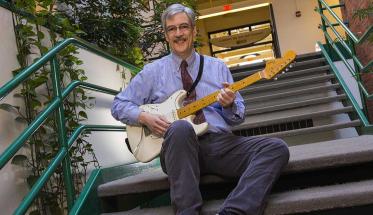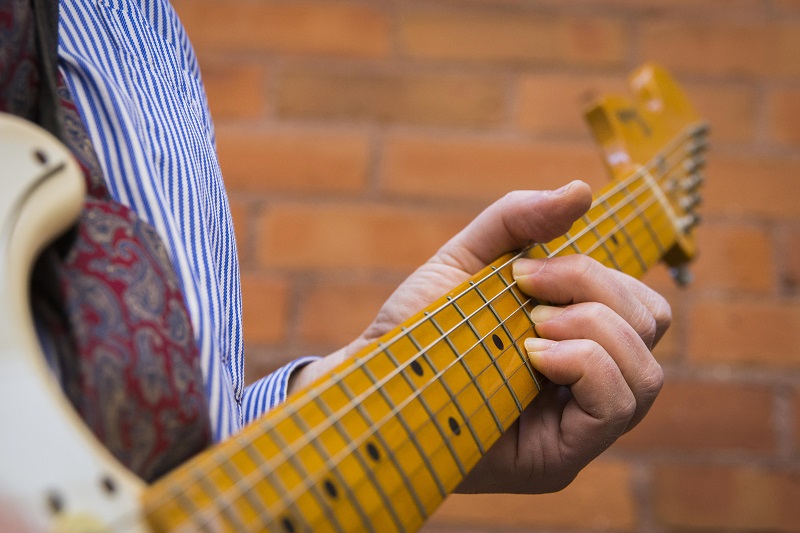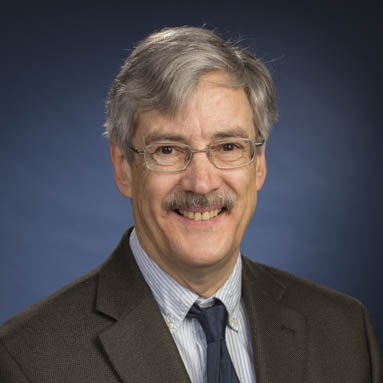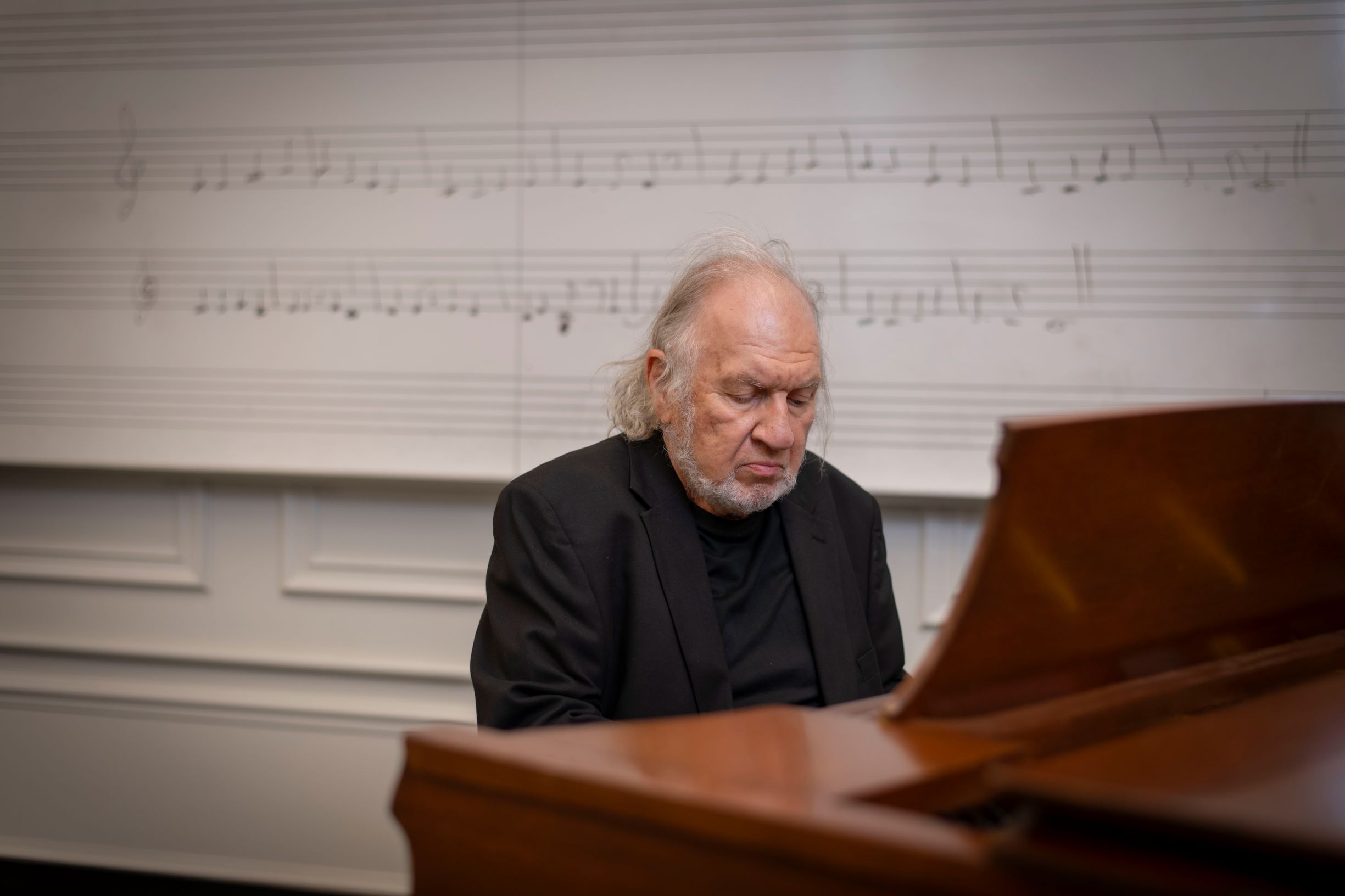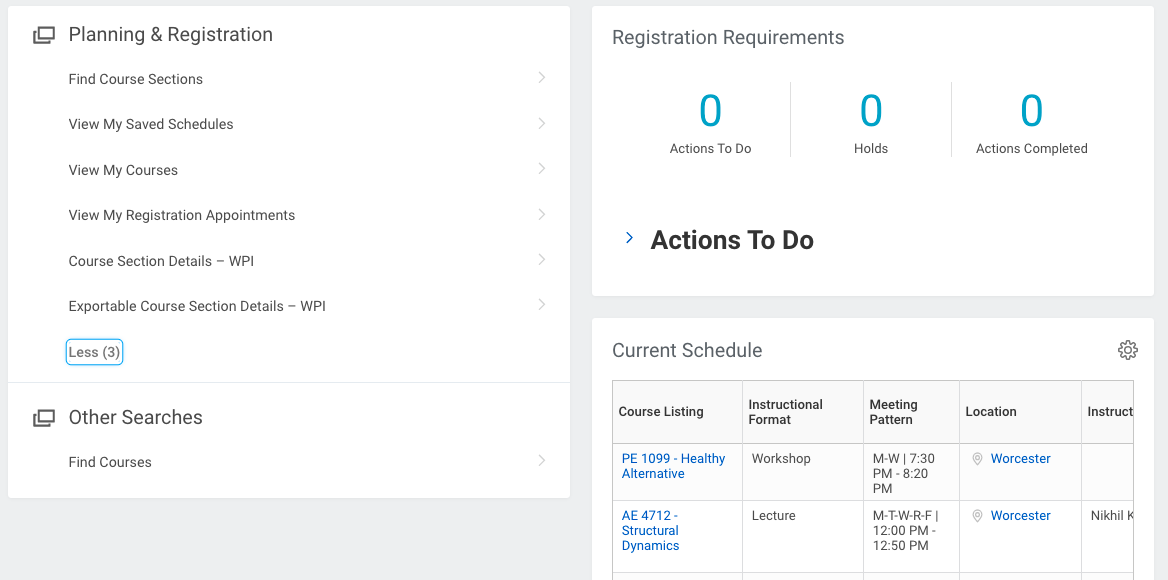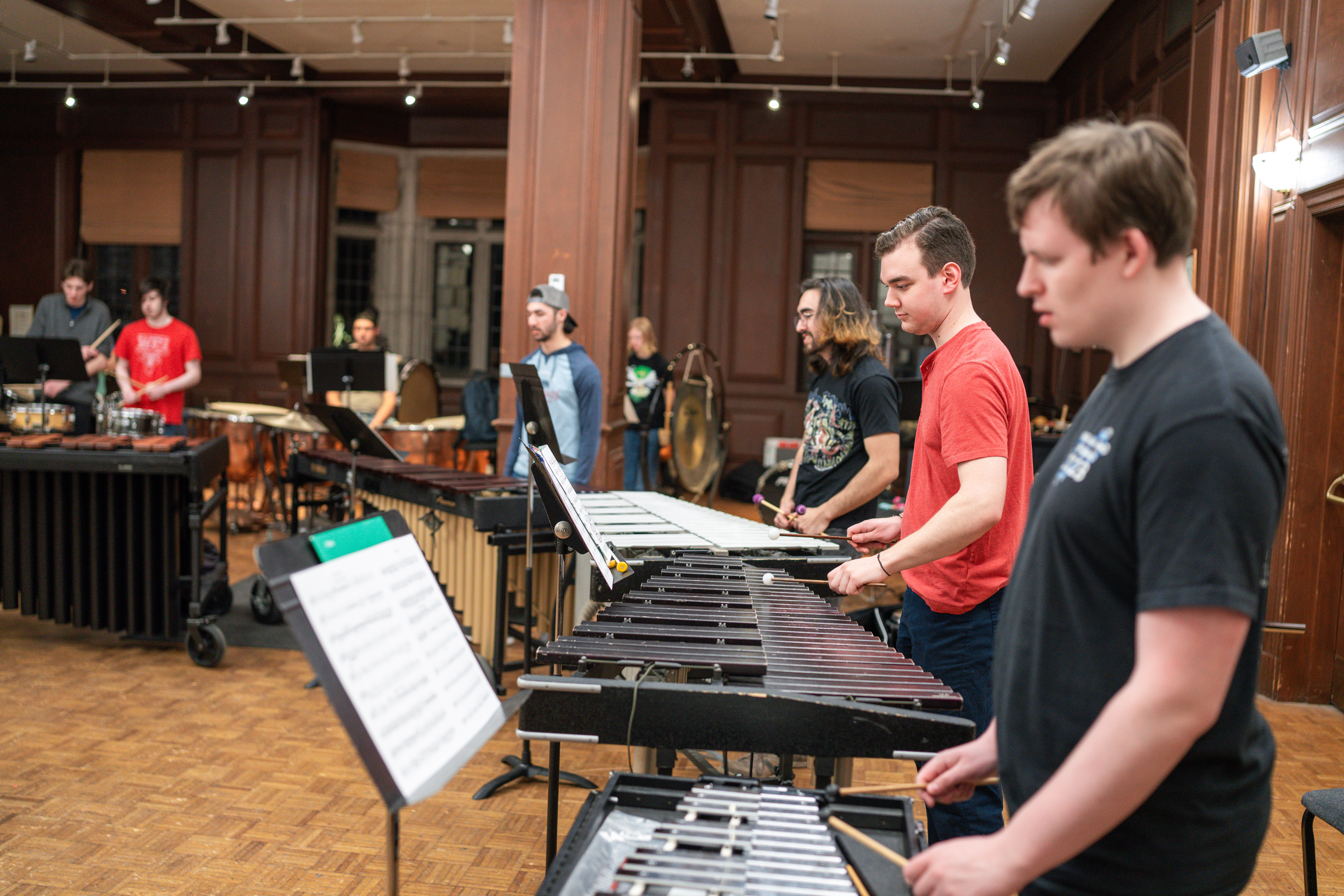On Aug. 18, 1969, legendary guitarist Jimi Hendrix stepped onto the stage at the Woodstock, N.Y., Music Festival and embarked upon an uninterrupted set lasting nearly two hours--one of the longest performances of his career. It concluded with a long medley that included the solo performance of the Star Spangled Banner that would become emblematic not only of Woodstock, but of the 1960s themselves.
When most people think of Hendrix and Woodstock, it is that performance of the national anthem that comes to mind. But to Joel Brattin, professor of literature at Worcester Polytechnic Institute (WPI), who has made an extensive study of the life and music of Hendrix, the Woodstock performance was a fascinating and telling moment in an all-too-brief career, one that was in a state of transition in the summer of '69. Brattin, who is also a noted authority on Victorian author Charles Dickens, says there are 10 elements of that performance that make it unique and historic:
- Hendrix performed with a temporary band. The Jimi Hendrix Experience, with which he had recorded three smash albums, had broken up. Hendrix assembled a group he called Gypsy Suns and Rainbows. One of his largest bands, it included two musicians he played with at the start of his career (bassist Billy Cox and guitarist Larry Lee), drummer Mitch Mitchell (who was part of the Experience), and two percussionists. The group performed just twice more before disbanding.
- It was the only Hendrix band that included a second guitarist. Larry Lee backed up Hendrix on a number of songs, played some lead on a few numbers, and even sang lead on two songs. Virtually no footage of his solo guitar work has been made public.
-
It was the only major performance that Hendrix gave in the morning. By 1969, Hendrix was a major star who had earned the traditional headliner's position: playing last. Technical and weather delays caused the festival to stretch into Monday morning. The organizers had given Hendrix the opportunity to go on at midnight, but he opted to be the closer.

- Hendrix did not perform for half a million people. In fact, when he took to the stage at 9 a.m., the crowd, which once numbered 500,000, had dwindled to fewer than 200,000. With the demands of work and school weighing on them, many fans waited just long enough to see Hendrix begin his set, and then departed.
- The Woodstock performance had the potential to be a disaster for Hendrix. Recordings of rehearsals and of a performance the band gave before the festival show that they "simply could not play well together," Brattin says. "After listening to those tapes, you would not have guessed that the Woodstock performance would be so good. The credit has to go to Jimi and the strength of his onstage presence."
- Hendrix’s Woodstock band showcased black musicians. While the Experience was dominated by white musicians (both his bandmates were white Englishmen), Gypsy Suns and Rainbows featured more black performers (bassist Cox, guitarist Lee, and percussionist Juma Sultan were African American).
- The Star Spangled Banner was not played on its own. It was part of a medley lasting over half an hour that included hits like Voodoo Child (Slight Return) and Purple Haze, and an unaccompanied improvisation lasting nearly five minutes. Hendrix performed the national anthem as a solo in the midst of this medley.
- It was not the first time Hendrix had performed The Star Spangled Banner. In fact, there are nearly 50 live recordings of Hendrix playing the national anthem, 28 made before Woodstock. They range from about a minute to more than six minutes; the Woodstock version was three minutes and 46 seconds. It was among the best, Brattin says. "And, certainly, no other version is so iconic."
- Hendrix performed an encore, a rarity. He almost never performed encores, but at Woodstock, despite the vanishing crowd, he did: Hey Joe, his first hit song.
- Hendrix was not supposed to close Woodstock. Steeped in childhood memories of the song, Woodstock organizer Michael Lang wanted Roy Rogers to come on after Hendrix and play Happy Trails. The cowboy crooner declined, and Hendrix stepped in.
